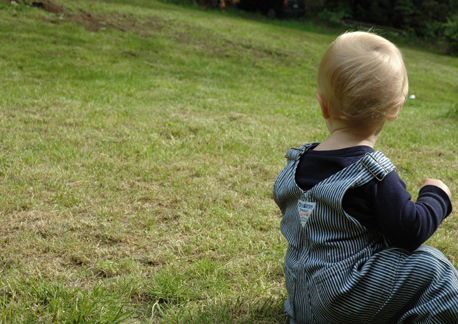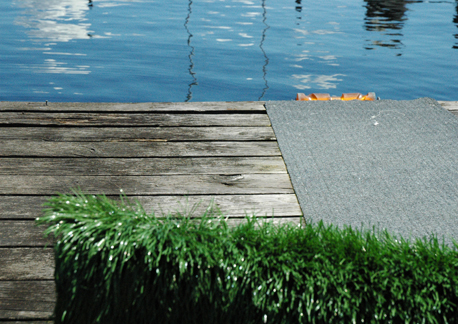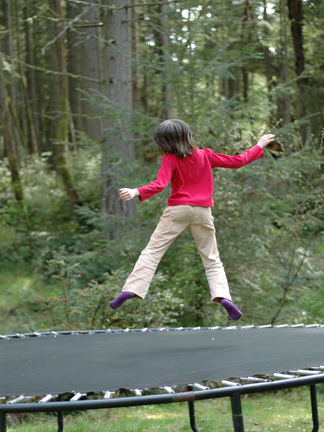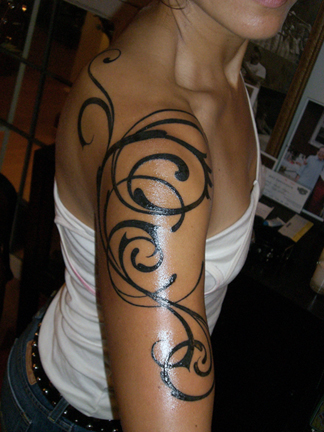
Stop with the hormone disruptors, Mom. Sheesh!
Let me first apologize for being SO late on this. For heaven’s sake it’s mid-June and I still haven’t written anything about sunscreens. It’s hard to feel a sense of urgency when it’s raining.
This is one of those stupidly-complicated topics. There’s a lot to cover here, no time to dilly-dally, no messing around, I’m going to get right to it.
First, the Vitamin D issue… We need Vitamin D for bone strength, strong immune system function, and studies have suggested high levels may reduce the risk of some forms of cancer. Many of us who live in the northern territories (rain!) are D deficient. The best source of Vitamin D is sunshine on bare, sunscreen-free skin for about 20 minutes a day.
The best way to prevent sunburns is to cover up. Wide brimmed hats, light-weight, long-sleeved shirts, tube socks worn under Velcro sandals are all a good way to go. OK, you can skip the tube socks, but they epitomize how I feel when I go into the sun completely covered: like a total nerd. I save this special look for working in the yard or any time I don’t really care. Whenever I can go with a completely, or partially, covered look I do. I’m always in search of cute sun hats (that also double as rain hats).
If you’re going to wear sunscreen, the Environmental Working Group’s (EWG) 2010 Sunscreen Guide. is a great resource. When choosing a sunscreen, the first question to ask is: can I tolerate a mineral sunscreen? If yes, the EWG approved mineral sunscreens listed here offer the best protection without any chemicals considered to be hormone disruptors.
Mineral sunscreens are often thick and white and don’t rub into the skin completely. I’ve yet to find one that doesn’t turn Josie’s skin bright blue. I mean bright blue. She doesn’t burn easily and I do my best to keep her covered. If I can’t keep her covered and we’re working in the yard or somewhere she won’t get strange looks, I put mineral sunscreen on her. If we’re out at a beach or some fun place with other people and I don’t want her to look like she just stepped out of Avatar, I occasionally (but rarely) put a non-mineral, well-rated sunscreen, which contains at least one hormone disruptor, on her exposed skin.
Gasp! A hormone disruptor on my baby? This is a good time to remember that we’re trying to decrease the overall toxic load on our bodies across a broad range of categories (foods, cosmetics, air quality, etc). We (and by we I mean I) do the best we can but sometimes we have to compromise even for purely cosmetic purposes.
Of the 500 sunscreens the Environmental Working Group evaluated, they recommend only 39 (8%). Here’s why:
- Many sunscreen manufacturers make exaggerated SPF claims that cannot be proven.
- There’s new information on two common sunscreen ingredients: Vitamin A and Oxybenzone. A recent study found tumors and lesions develop faster on skin coated with Vitamin A and Oxybenzone is a synthetic estrogen found in 97% of bodies that were tested by the Center for Disease Control and Prevention.
If you have a sunscreen you use and love, you can look for its rating here.
If you want to buy a product not on the list, here are some things to keep in mind:
- Stick to SPF 15-50
- Avoid ingredient Vitamin A also known as retinyl palmitate
- Avoid ingredient oxybenzone
- Avoid sunscreens with insect repellant
In case you couldn’t already tell, the federal Food and Drug Administration still has not issued regulations for sunscreens makers. Thank goodness for EWG.
Now, get out there and enjoy the sun, but for heaven’s sake, don’t tell me about it (rain!).










